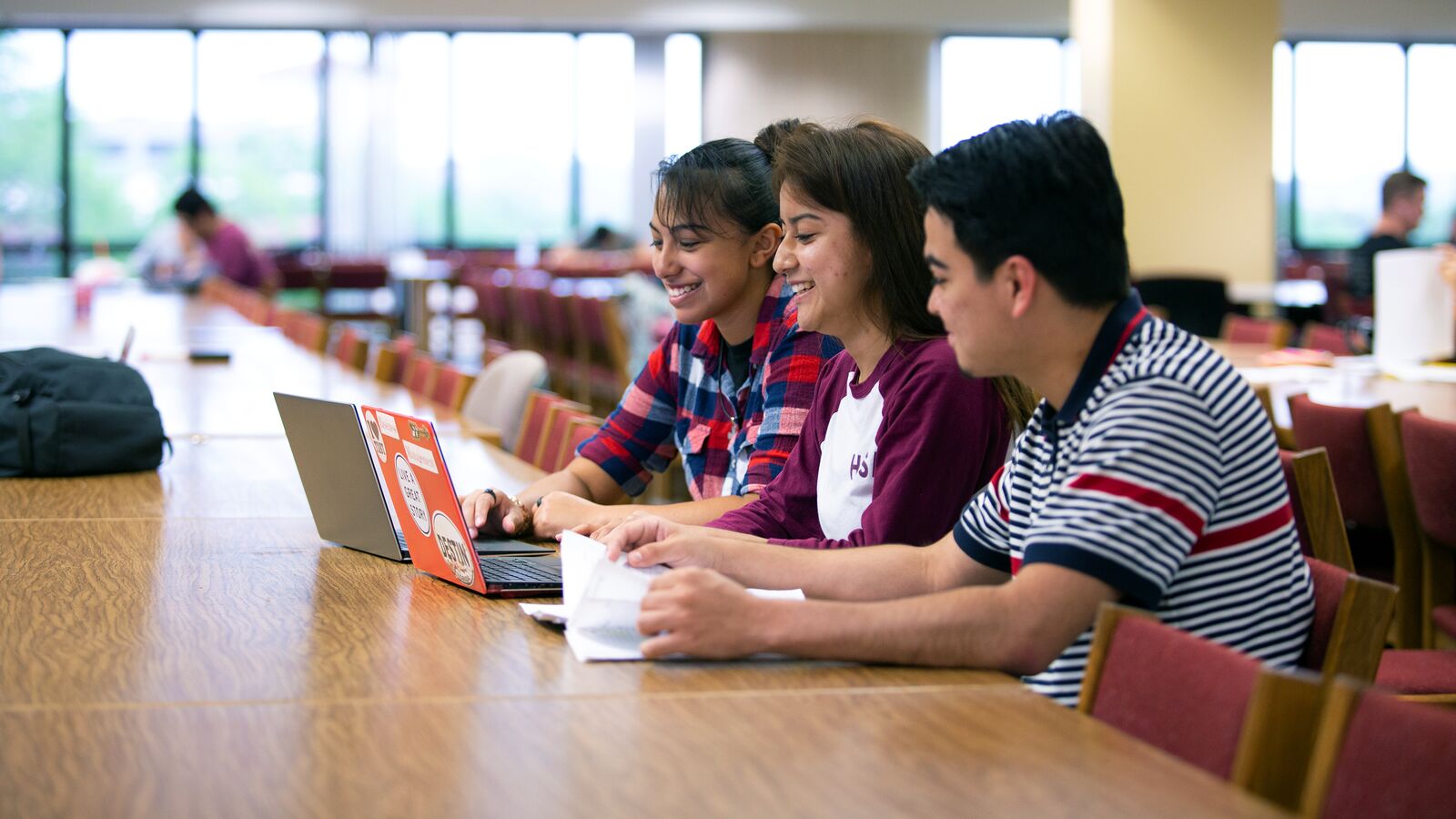Colleges across the country are planning for face-to-face classes in the fall and as vaccination rates climb, many college success programs are resuming in-person support. But organizations should think twice before they begin completely rolling back their virtual support. A virtual approach accomplishes much more than social distancing, and this year has proven out a range of effective models that should continue serving students in the post-pandemic world, when that day comes.
College success programs adapted to develop quality programming in a virtual setting, opening the door for them to serve students at a greater scale. The flexibility afforded by Zoom meetings and on-demand content made it possible for many students to tap into support in a way that had never been accessible before. Adjusting to the demands of the pandemic wasn’t easy and the lessons of this time have been hard-won, but they have changed our understanding of what is possible when it comes to advancing higher education outcomes.
It would be a miss to look back on these innovations as simply stopgap measures for the time of COVID-19. Here’s why a hybrid approach that combines in-person and virtual support represents an improvement for the future of college success advising.
The Support Students Need, When They Need It
When it comes to college success programming, a typical model may bring students together frequently for trainings and workshops. Not only do students benefit from an engaging learning experience; they also have the opportunity to build relationships with their advisors and network with their peers. In a perfect world, every student would have access to this kind of support system for guidance in college.
Unfortunately, this approach just isn’t realistic for many of the students we strive to serve. Some may be working or caring for their siblings when trainings are taking place, while others may lack reliable transportation to show up to in-person events. Many students live in remote areas and are unable to access in-person college success programming but would greatly benefit from additional coaching and resources. A high-touch, in-person model can be transformational for so many deserving students – but for others, it is simply out of reach.
Success in Student Support
That means that innovators in the college success landscape have an opportunity to respond with the flexibility students need today. Here are a couple examples of organizations working to meet students where they are:
- Strive for College has introduced on-demand resources so that students can access the information they need, when they need it. Their accessible guides cover everything from navigating financial aid to preparing for a student’s career goals, and students can also connect with volunteer mentors through the UStrive online platform.
- Let’s Get Ready helps students adjust to college life through near-peer coaching, available both virtually and on campus. While its virtual support model predated the pandemic, additional features like video office hours and two-way texting have helped bolster support amid the challenges of COVID-19.
Where feasible, both organizations employ a hybrid approach — delivering asynchronous content that students can access at their convenience, while integrating in-person programming to help nurture the relationships and community that can make all the difference.
College Success at Scale
Across the country, there are students who are capable, ambitious, and ready to make a difference but are being held back by inequities in our higher education system. Among students from low-income backgrounds who enroll in college, fewer than three in ten earn a bachelor’s degree within six years. The graduation gap between Black and Latino students and their white peers is roughly 18 percentage points. First-time college enrollment has taken a hit amid the pandemic, particularly at community colleges which have lost nearly a fifth of their first-time students, many of them students of color.
The systemic nature of the problem before us calls for scalable solutions that can impact the lives of students nationwide. In a shifting employment landscape shaped by the pandemic and economic recession, large-scale solutions are perhaps more urgent than ever.
Scaling in Action
Amid this growing need, organizations like The Opportunity Network (OppNet) and Braven have built upon the success of their in-person college success and career readiness support to reach a greater number of students through virtual programming. Learn more about their approach:
- UninterruptED: Unstoppable Learning is OppNet’s open-access learning platform, launched specifically to address the needs of students impacted by the pandemic and available free of charge to schools, youth-serving organizations, students of color, and first-generation or low-income college students.
- BravenX, which offers weekly virtual meetings and asynchronous online modules, is a 15-week program designed to advance the career readiness of underrepresented students. Participants continue to receive post-course support as they persist through college and ultimately secure a strong first job.
Both platforms are designed for easy access and flexibility, while equipping students with the skills and connections they need to become the leaders of tomorrow. Even in a virtual setting, live engagement and networking opportunities help students stay connected.
The Hybrid Model of the Future
The pandemic has accelerated the adoption of digital solutions, and many of those changes are here to stay. That’s good news for the students we serve — students who have the odds stacked against them, who are ready to work hard and challenge themselves in pursuit of a brighter future. Hybrid support models will make it possible to support even more of them as they prepare for college and career success, to advance higher education outcomes on a national scale.
